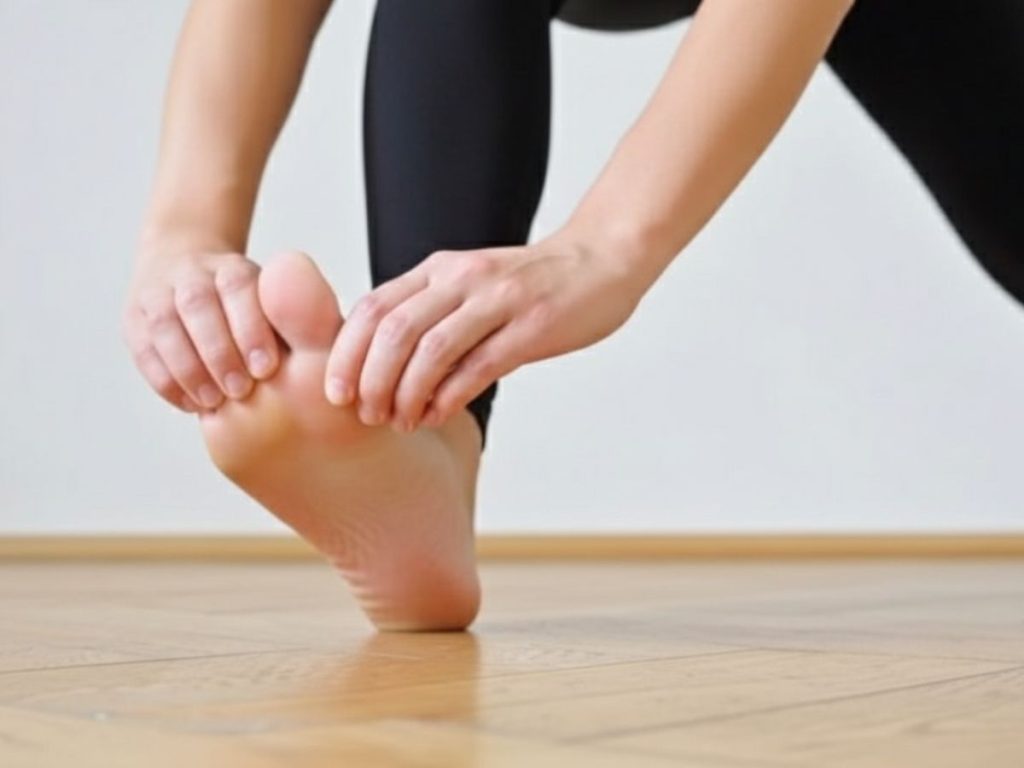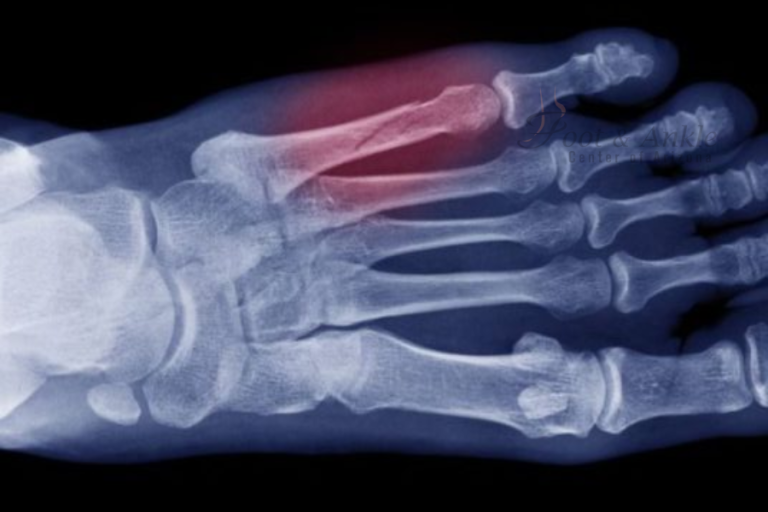How Do Your Feet Feel? What Is Their Condition?
Our feet take a lot of stress every single day! The average person walks approximately 10,000 steps a day, or over 3 million steps a year, notes the American Orthopedic Foot & Ankle Society (AOFAS). Stair climbing or walking on an incline can add up to four to six times our body weight across the ankle joint. With this enormous workload, good foot health is important for being active and pain-free in life.
Our feet have 26 bones and 33 joints, the support system of our body structure. If the feet hurt or don’t function well, it can create problems impacting the knees, hips and lower back. Poor foot mechanics, ill-fitting shoes, and even underlying health concerns can all lead to many common foot conditions.
Self-examination of the feet is important
In order to keep our feet healthy and catch potential problems at an early stage, the AOFAS suggests doing a basic foot self-exam by following these steps:
General Exam Tips
Getting Started: While sitting, look at your legs, ankles, feet, and toes. Check the soles and spaces between your toes, too. Look for swelling or discoloration of skin or nails, blisters, excessive calluses or changes in the shape of the foot.
Check Your Shoes: Your shoes should not only fit you properly, but should not be worn out. Those with conditions including arthritis, severe obesity, blindness or nervous system disorders may need a family member or friend to help perform an effective exam.
When to Seek Medical Help: If anything looks out of the ordinary, see a primary care doctor or ask for a referral to an orthopedic foot and ankle doctor to evaluate the foot.
How to Examine Your Feet in 6 Steps
Skin Health
Look for calluses, blisters or irritation on your feet. Stand beside your shoes, and see if the shape fit the principle of your shoes. Tight fittings can create pressure points that can lead to common foot issues such as bunions and corns. Check the inside of your shoes for rough seams or tacks that could be irritating your feet.
Circulation
Pay attention to the color of your toes —normal circulation will leave them pink or red rather than purple or blue. Do a quick test by pressing on your big toenail until it turns white. Release the color should come back within 2-5 seconds.
Flexibility
Test the flexibility of your toes — can you pick up a marble or small towel using just your toes? A simple way to test ankle flexibility is to find a stair you can stand on with your heels off the edge, and then slowly lower them. If load causes tension, sequence in stretching postures to cultivate flexibility.
Sensation
Gently run a pencil eraser along the top, bottom and sides of your feet. It should feel basically the same in all places, and ticklishness on the soles is normal.
Pain
In a healthy foot there should be no pain. Chronic pain can be a sign of a common foot ailment like plantar fasciitis, Achilles tendonitis and / or stress fractures.
Balance
Stand on one foot, arms out, eyes closed. Balance of at least 7-15 seconds (depending on your age) is a pretty good predictor of foot health. If balance is not up to par, targeted exercises can enhance stability.
About Doctors of Podiatric Foot & Ankle Surgeons
Podiatric foot and ankle surgeons provide specialized medical and surgical treatment of musculoskeletal conditions and injuries of the foot and ankle. They are trained to treat common foot conditions with medical, physical and rehabilitative measures, and surgical procedures when required.
Education and Training
- Medical School: Podiatrists graduate with a Doctor of Podiatric Medicine (DPM) degree, which requires four years of study including lower-extremity biomechanics, anatomy and trauma.
- Residency: After podiatry school, they complete a two to three-year residency in foot and ankle surgery, sports-related injuries and trauma management.
Foot and ankle surgeons in podiatric medicine specialize in reconstructive surgery and the treatment of all conditions that impact mobility and quality of life. With their knowledge, patients suffering from common foot conditions are treated effectively, leading to an appropriate return to the best functions of the foot.
Conclusion
Careful examination of the feet is important to recognizing potential issues, before the issues are actually severe. Keeping track of skin health, circulation, flexibility, sensation, pain levels, and balance can help individuals take proactive steps to prevent common foot problems and maintain overall health. Professional care by a podiatric specialist is key to intervene and treat any abnormalities found.




